It’s not always obvious when a neighborhood has gone downhill—or is struggling to recover. Sometimes the signs are subtle, but once you learn to recognize them, they’re hard to ignore. While no single factor tells the whole story, certain visual and environmental clues can be early red flags. Here are 15 features that might quietly suggest you’re in a part of town where it pays to stay alert.
1. Excessive Vacant Properties
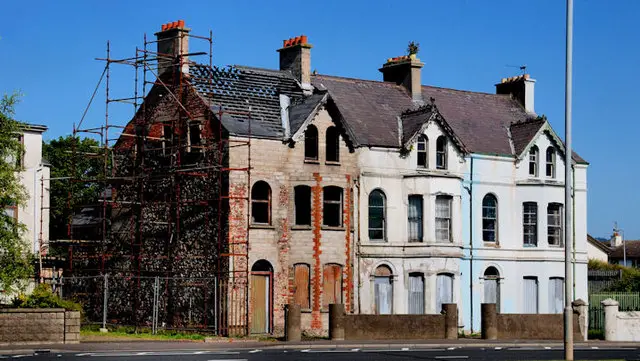
A high number of boarded-up or abandoned homes often signals deeper issues like disinvestment or population decline. According to a 2023 report from the Urban Institute, vacant properties tend to correlate with higher crime rates and lower property values. When homes sit empty, they’re more likely to attract vandalism or squatters, which can worsen the problem. Even one or two visibly neglected buildings can drag down the feel of an entire block.
Vacant lots, especially when overgrown or littered, also contribute to a sense of instability. In many cities, these spaces are supposed to be maintained by the city or county, but that doesn’t always happen. A neighborhood with multiple empty parcels suggests things aren’t quite thriving. It’s often a sign that people are leaving—and not coming back.
2. Barred Windows on Homes and Businesses
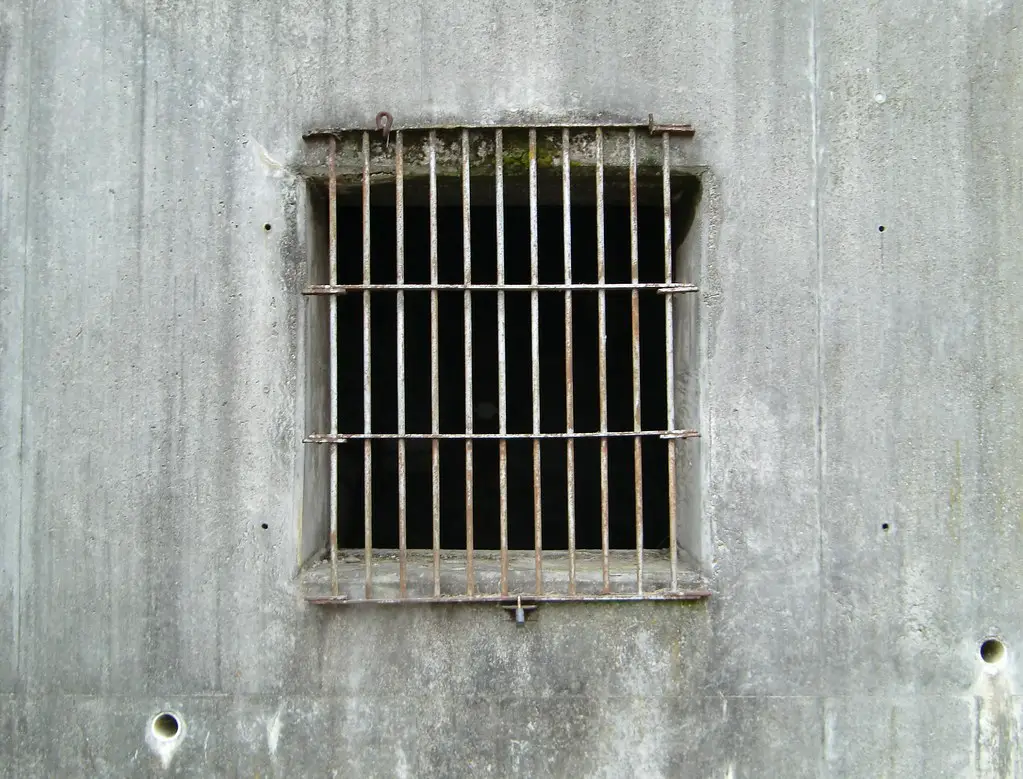
When you see heavy-duty security bars on every window, it’s usually not just a design choice. In many urban areas, bars signal that property owners feel the need for extra protection, especially in high-theft zones. A Forbes analysis noted that barred windows are more common in neighborhoods with persistent property crime. While they might deter break-ins, they also give the area a “locked down” appearance.
The presence of bars can make visitors and even locals feel uneasy. It creates the impression that crime is frequent and unpredictable. That perception can affect everything from foot traffic to home prices. Even if the bars are decorative, they still change how a neighborhood feels.
3. Lack of Street Lighting
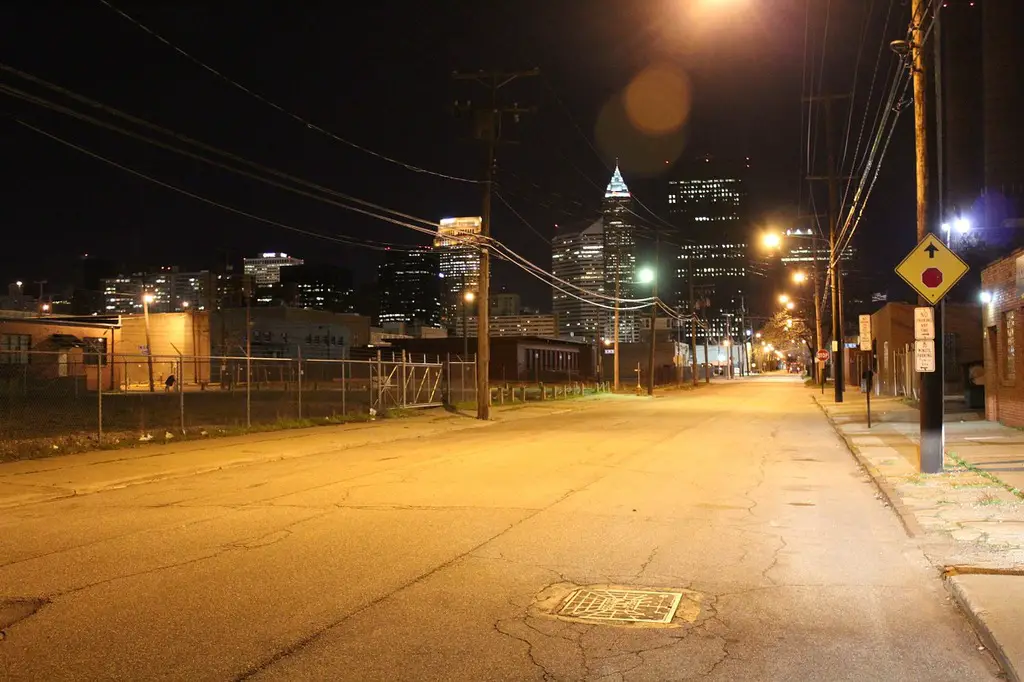
Poor or missing street lighting can make a neighborhood feel neglected and unsafe. According to the U.S. Department of Justice, well-lit streets are one of the most effective deterrents against crime. When lighting is spotty or flickering, it suggests the city may not be prioritizing infrastructure here. Worse, it can make walking around at night feel like a risk.
Dim or broken streetlights also impact the daily lives of residents. They make it harder to navigate, increase the risk of accidents, and reduce nighttime activity. In well-maintained neighborhoods, lighting is bright, even, and dependable. If that’s not the case, it’s often a red flag.
4. Graffiti That’s Not Art
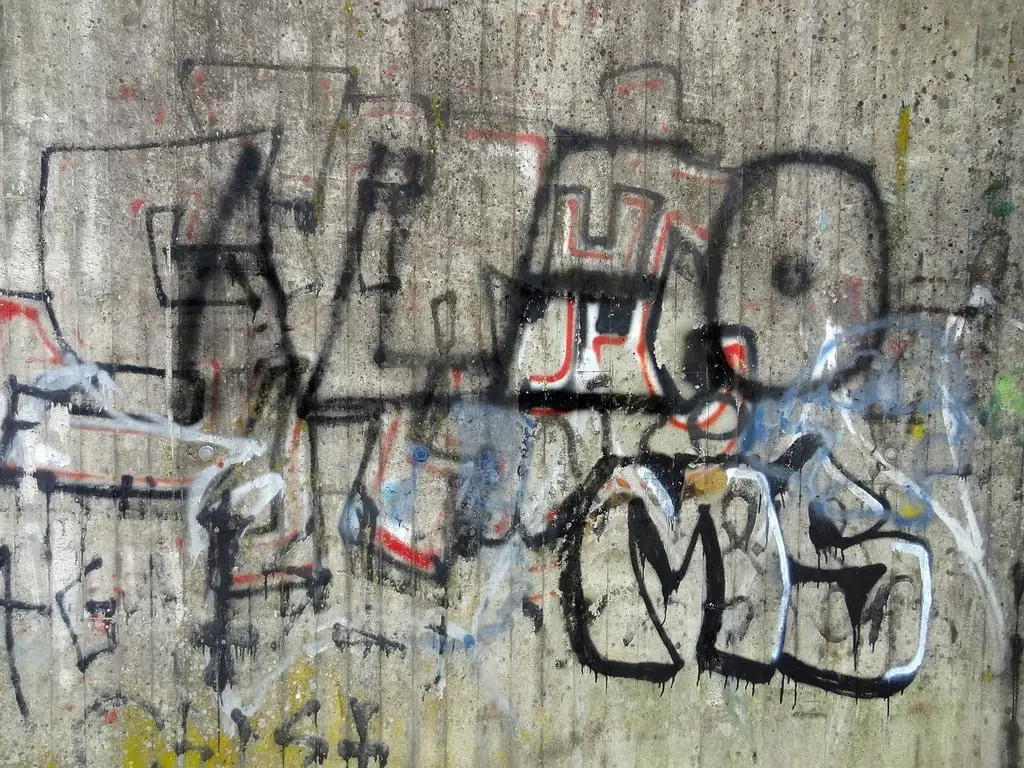
There’s a difference between a commissioned mural and a hastily sprayed tag on a garage door. Graffiti in the form of gang markings or random tagging is often linked to territorial disputes or petty vandalism. According to the National Gang Center, this type of graffiti can mark areas where gang activity is present—or at least perceived to be. When it’s widespread and not being cleaned up, it signals low community control.
Frequent tagging suggests that no one’s watching or stepping in to fix things. It also sends a message to outsiders that the area isn’t actively cared for. While not all graffiti is a bad sign, the kind that appears overnight and lingers is usually unwelcome. It can quickly erode a sense of safety and pride.
5. Pawn Shops and Payday Loan Offices on Every Block

These businesses often pop up in economically depressed areas where residents have limited access to traditional banking. They cater to people in urgent financial need, but their presence in bulk can reflect chronic financial instability. When you see multiple payday lenders, pawn shops, or check-cashing storefronts close together, it may suggest that people are living paycheck to paycheck. It’s often a symptom of a broader economic divide.
In contrast, wealthier neighborhoods are more likely to have credit unions and full-service banks. Financial institutions choose their locations strategically, and a concentration of high-interest lenders usually isn’t random. While one or two might be fine, a whole strip of them is a warning sign. They feed off financial stress—and often worsen it.
6. Constant Sirens or Helicopters Overhead

If you regularly hear sirens or see police helicopters circling above, it’s usually not just a coincidence. It could mean emergency services are responding to frequent incidents nearby. Over time, this can create a feeling of tension or unease in the neighborhood. It’s hard to relax when it feels like there’s always a crisis unfolding.
High siren activity may also affect property values and insurance rates. Some residents report that it makes them feel anxious or on edge, especially at night. While emergency services are necessary, their constant presence hints at deeper problems. It’s often a signal that something’s not right under the surface.
7. Litter and Overflowing Trash Bins

When garbage lines the streets or spills out of city bins, it’s more than just unpleasant—it signals neglect. Cleanliness reflects how well a city or neighborhood is being maintained. If trash sticks around for days or weeks, it may mean sanitation services are infrequent or unreliable. It can also discourage residents from taking pride in their surroundings.
Overflowing bins attract pests and create health hazards. They also send the message that no one’s enforcing community standards. A dirty block is rarely a one-time issue—it’s usually part of a larger pattern. And once litter takes hold, it tends to multiply.
8. Chain-Link Fences in Front Yards

While chain-link fences are practical, their widespread use in front yards can change the tone of a neighborhood. In areas where security is a major concern, homeowners often install them to deter trespassers. But visually, they create a barrier that makes a street feel less open and welcoming. The more fences you see, the more closed-off the neighborhood tends to feel.
These fences also signal a shift away from community engagement. They can make neighbors feel isolated rather than connected. While there’s nothing inherently wrong with a chain-link fence, a street full of them might suggest caution is a local way of life. It’s the kind of subtle cue that speaks volumes.
9. Empty Retail Storefronts
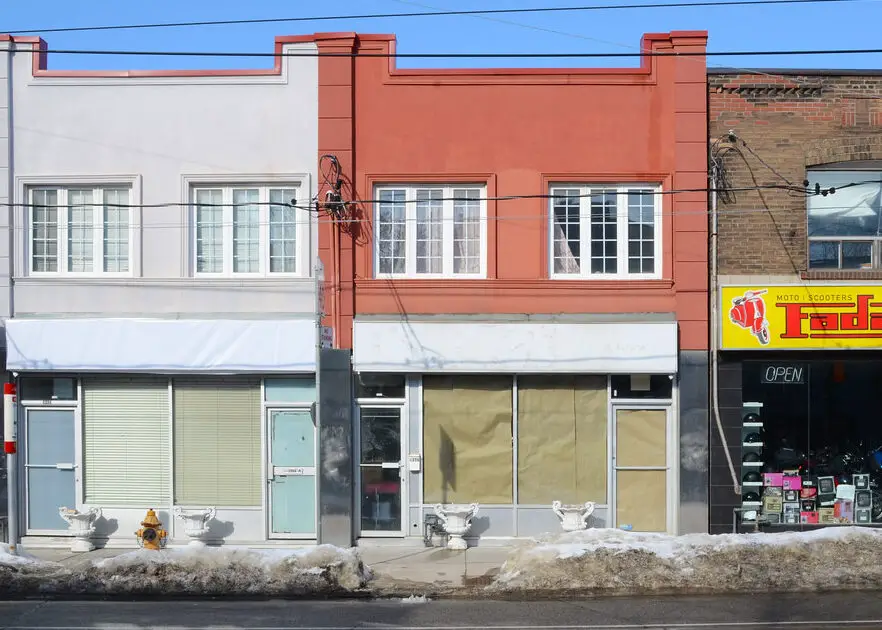
Vacant commercial spaces are usually a sign that foot traffic—or disposable income—isn’t high enough to support small businesses. When beloved cafes, shops, or services shutter, it often creates a ripple effect across the area. Streets feel emptier, and residents may have to travel farther for basics. It also suggests the local economy is struggling to attract investment.
These vacant storefronts can become eyesores if left untouched. Broken windows, peeling signs, or papered-over glass only reinforce the feeling of decline. When retail dries up, neighborhoods lose part of their social fabric. That’s a tough vibe to shake.
10. Cars Parked on Lawns

When people start parking on their lawns, it usually means they’ve run out of space—or just stopped caring about appearances. It can also be a sign that zoning regulations or enforcement are lax. Over time, these kinds of shortcuts create a run-down look, even if the house itself is well-kept. It’s one of those little things that adds up fast.
This habit tends to show up in neighborhoods with limited driveways or high-density housing. But it can also reflect a lack of pride in property upkeep. Once one neighbor does it, others often follow suit. And before long, the whole street looks rougher.
11. Dogs Roaming Without Leashes
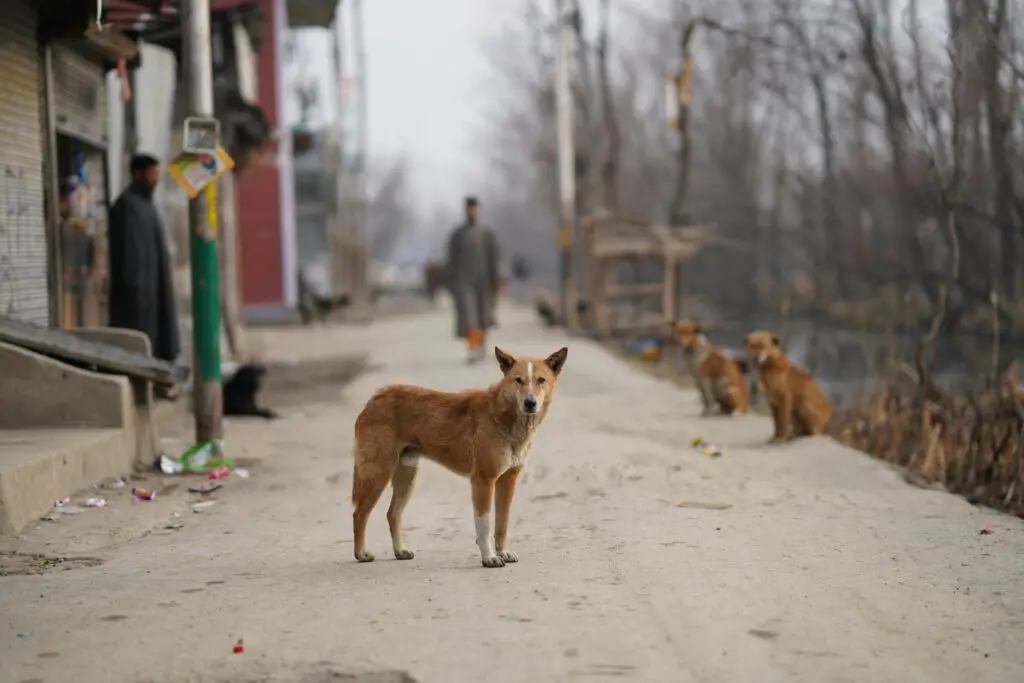
Unleashed or stray dogs are more than just a nuisance—they can be dangerous. In many neighborhoods, leash laws are strictly enforced to protect both pets and people. When dogs are allowed to roam, it suggests local authorities aren’t present or residents don’t feel compelled to follow rules. It can make parks and sidewalks feel unsafe for kids and seniors.
It also points to gaps in animal control services. Dogs that bark aggressively or chase pedestrians create a sense of unpredictability. In higher-income areas, this kind of thing is usually addressed quickly. When it’s not, it says something about the neighborhood dynamic.
12. Lack of Sidewalks

Sidewalks are more than concrete—they signal walkability, community, and safety. If a neighborhood doesn’t have them, it might reflect poor infrastructure investment or planning. People end up walking on the street, dodging traffic, or just avoiding walking altogether. That hurts everything from health outcomes to social connection.
Neighborhoods without sidewalks also tend to lack other pedestrian-friendly features like crosswalks or bike lanes. It’s a sign the area wasn’t designed with people in mind. Over time, this can discourage families and reduce property desirability. A walkable community is usually a cared-for community.
13. Loud Music or Yelling at All Hours
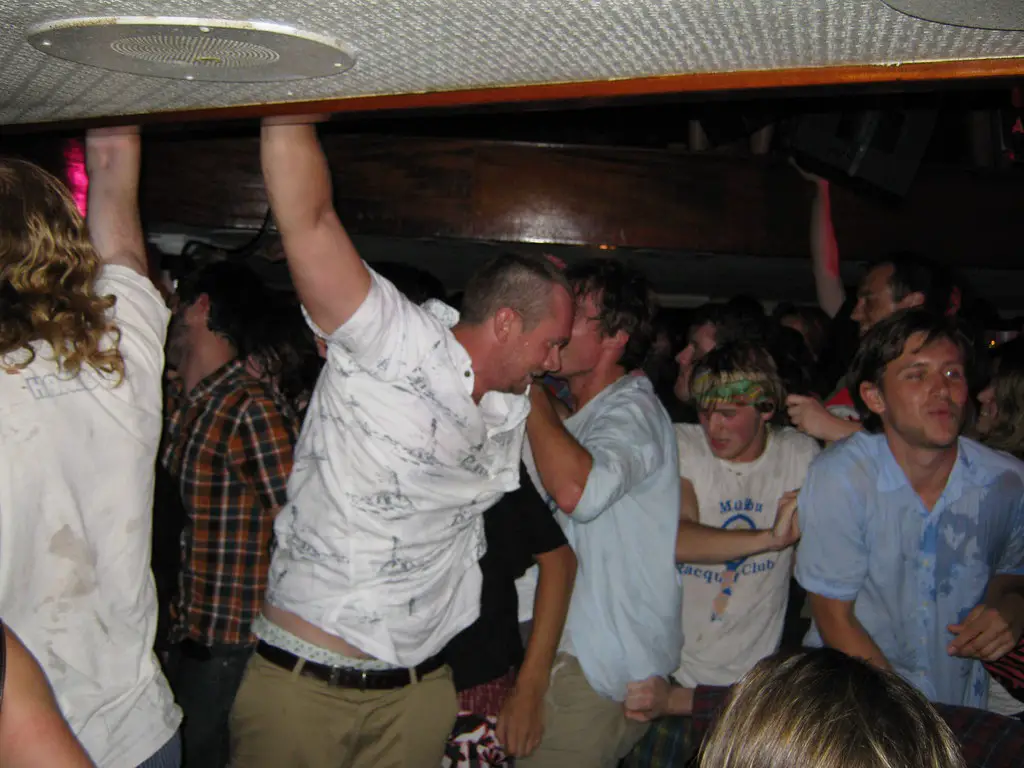
A little noise is normal, but constant disturbances hint at a lack of shared norms or respect. Whether it’s parties, arguments, or car stereos blasting at midnight, these behaviors erode trust between neighbors. People may stop calling in complaints if they feel nothing will change. And once peace and quiet vanish, quality of life tends to follow.
Chronic noise pollution can also impact mental health and sleep patterns. In more stable neighborhoods, loud behavior is usually self-regulated. But in areas with less cohesion or oversight, it can spiral quickly. It’s one of those things that’s hard to ignore once it starts.
14. Overgrown Lawns and Unkempt Yards

Neglected yards suggest that property owners are absent, overwhelmed, or disengaged. Grass that’s knee-high, bushes growing wild, or junk piled out front create a sense of abandonment. It may not seem like a big deal, but first impressions matter—a lot. According to real estate experts, curb appeal is one of the biggest factors in home value.
In many cities, homeowners can be fined for yard neglect, but enforcement is spotty. And when one yard goes downhill, others often follow. It’s part of how decline spreads from house to house. A tidy lawn might not save a neighborhood, but it definitely helps it thrive.
15. Fast Turnover of Residents
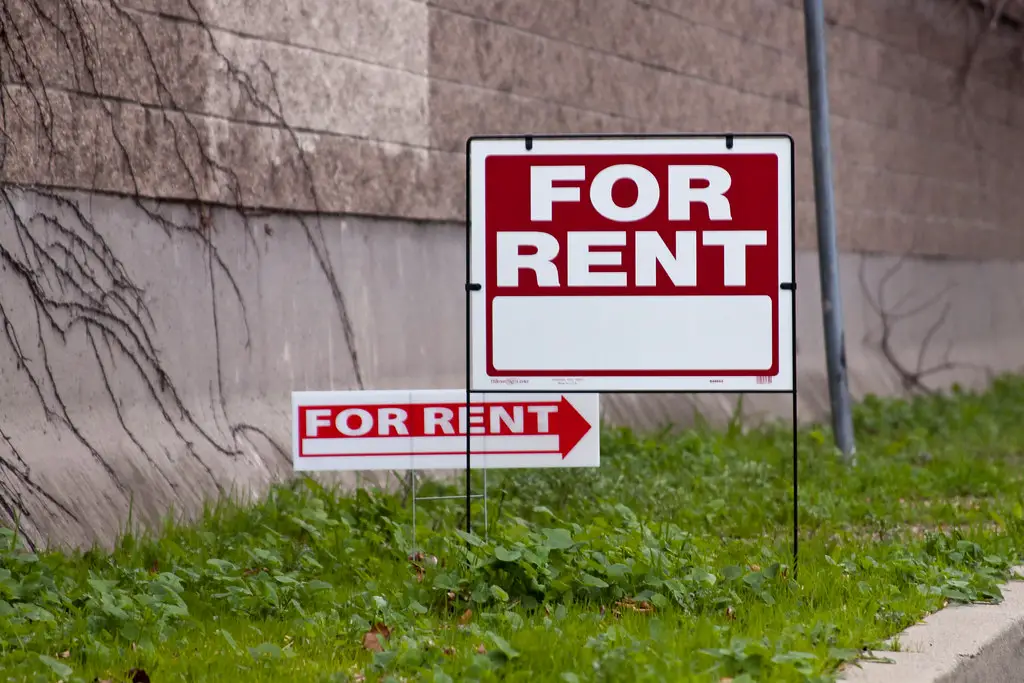
If “For Rent” and “For Sale” signs are a constant fixture, something might be off. High turnover means people aren’t putting down roots—and that often leads to less community involvement. When neighbors change every few months, it’s harder to build trust or shared responsibility. That instability can make the whole area feel transient.
This kind of churn is common in areas with high eviction rates or poorly maintained rental properties. It can also signal that people are trying to get out. Long-term residents are usually a sign of neighborhood health. Without them, the community fabric starts to fray.
